The risk of a recession in September 2025 is elevated, with analysts citing a combination of slow job growth, persistent inflation, and rising tariffs as key factors pushing the U.S. economy toward a downturn. Some, like Moody’s Chief Economist Mark Zandi, suggest the U.S. is “on the precipice” of a downturn, with the period of greatest vulnerability potentially lasting from late 2025 into early 2026. Others, such as Oxford Economics, see a lower but still increased chance of recession compared to a normal year.
Factors increasing recession risk include:
Slowdown in the Labor Market:
Job growth is slowing, and layoffs are increasing. A sharp jump in the unemployment rate would be a strong indicator of a brewing recession.
Persistent Inflation:
Inflation continues to be a concern, adding price pressure on consumers.
Trade Pressures:
Tariffs and other policy shifts are contributing to price pressures and slowing economic growth.
Weak Consumer and Business Sentiment:
Consumers are feeling the squeeze from higher prices, and employers are expressing concerns about tariffs and federal spending cuts.
Economists are offering differing forecasts:
Moody’s Analytics (Mark Zandi):
Places the U.S. on the “precipice” of a downturn, with the economy being most vulnerable from late 2025 into early 2026, with nearly 50-50 odds of a recession.
Oxford Economics:
Forecasts a 35% chance of recession in the next year, which is significantly higher than the typical baseline 15% chance for any given year.
PNC Economists:
Expect the labor market to slow with weaker job growth and a slightly higher unemployment rate, though they do not see a full recession as the most likely outcome in the short term.
J.P. Morgan:
Had initially increased its U.S. recession probability to 60% for 2025 but later reduced it to 40%.
What to Watch For:
- GDP Contraction:A measurable decline in the overall economic output.
- Yield Curve Inversions:A situation where long-term government bond yields are lower than short-term ones, which is often a recessionary signal.
- Industrial Output and Sales:A decrease in the production of goods and services.
- Changes in the Unemployment Rate:A significant and sustained increase in unemployment is a key recessionary indicator.
More information is available here.






You must be logged in to post a comment.